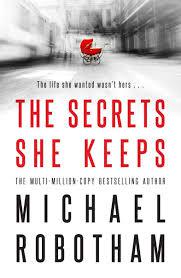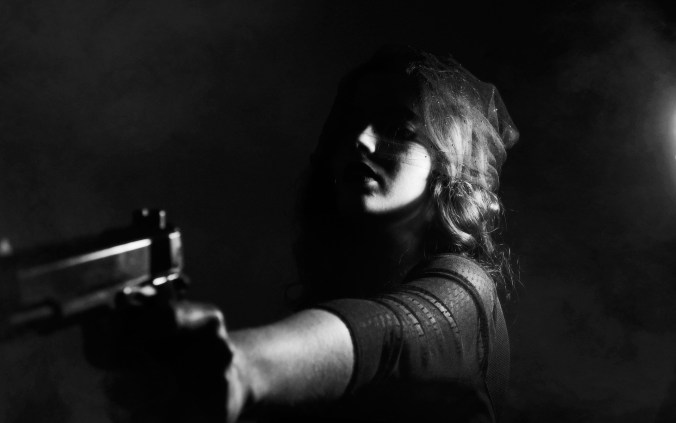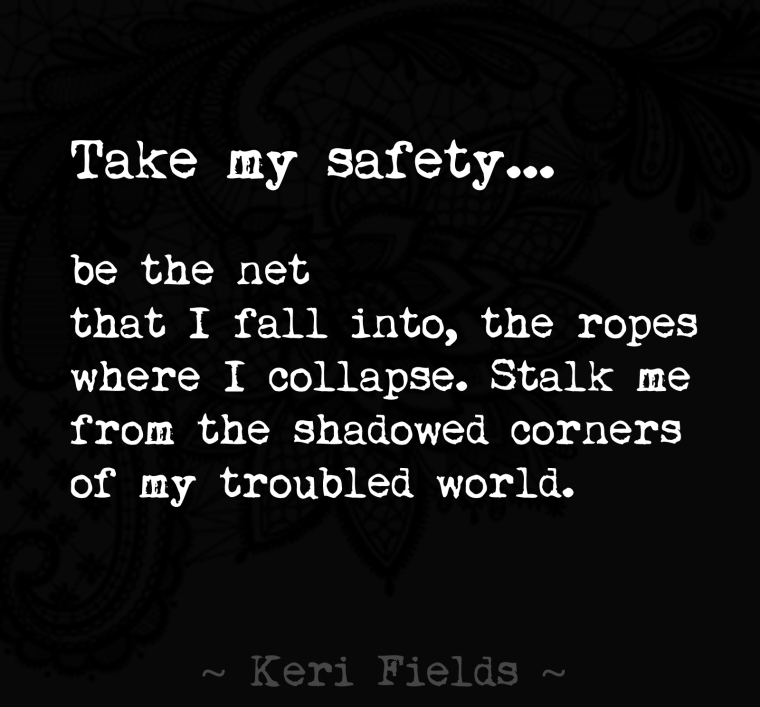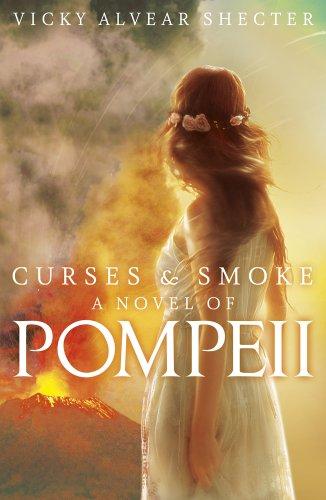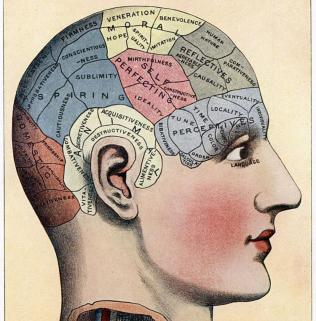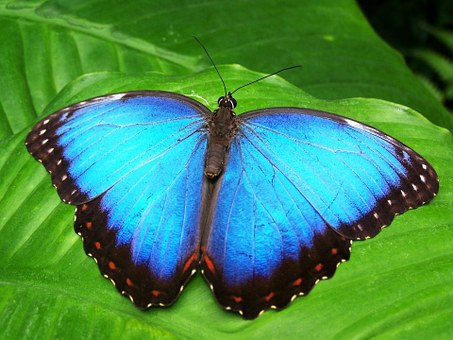
Oh, I have such a treat for you! This stunning poem is from Claire Dyer’s deliciously multidimensional collection, Interference Effects, published by Two Rivers Press in 2016 and available from this link: http://tworiverspress.com/wp/interference-effects/ (as well as all the usual places that don’t need to be mentioned here).
You can learn more about Claire and her writing (novels as well as poetry) from her website: http://www.clairedyer.com/
A bit of insider info. for you, too: Claire Dyer’s the sort of person who shares her chips with you, makes sure you have a seat in a crowded room and introduces you to everybody. She also has wonderful hair with happy curls. Call me a weirdo, but I think generosity of nature and sparkle of smile beneath happy hair are the sort of things that leak into a person’s writing. Do buy the collection!
I had the pleasure of meeting Claire at the South Downs Poetry Festival, where she facilitated a workshop on first and last lines. I’ve just dug out my notes from her workshop and I’ve written:
“First – shocked lulled find something of yourself
Last – surprise, but also make you want to read it again”
Let’s have a look at the poem and see if Claire’s followed her own advice (!). Here it is, reproduced with her kind permission:
What Lies Within
Like when you’re outside and the lights are on
inside churches and whatever faith there is
is fidgeting under the transept window
and you’re back with Nan, slipping fifty pence
into the collection box, fanning
the gilt-edged pages of your hymn book;
or when café chairs are stacked
and striped by sunlight behind the railings
of Pizza Express before it opens
and moorhens are splitting the blue water
of a river nearby and a waiter lights up
his first cigarette of the day;
or when there’s a row of shaving mirrors
at the barber’s, each tilted to an angle
a few degrees different from its neighbour
so there’s always another view of the sky,
another view of a woman smiling at something
the someone she’s walking with said;
or when, stepping from a taxi, you see
the fizz-torn dazzle of a streetlamp
in the buttery yellow of a pavement after rain
and girls’ heels chatter as umbrellas
are folded away and a maraschino cherry
gets dropped into a cocktail glass;
or when you dip your hand into a pond
at Kew and the koi flick and
tremble and whittle your fingers
with their cheese-grater teeth and you stare
and stare into the back of their eyes
looking for what lies within.
(See? I said it was a treat, didn’t I?)
The first line is clever, starting with “Like when” as if you’re in the middle of a conversation with the poet – it draws you in. The last line is stunning, suggesting the dimension of the soul and – yes – it makes you want to go back and read the poem again. When you do, you see the soul is in the city, as well as in the carp, and how cool is that?
I’m not about to go through the entire poem, picking out all the words and ideas that make you go all tingly, because you’re perfectly capable of doing that yourself and it would be annoying, but I can’t help myself point out the brilliant idea of faith “fidgeting”, which leads me to also point out that this poem has lots of movement, which adds to the excitement you feel reading it – as well as “fidgeting”, there’s “slipping”, “fanning”, “splitting”, etc.
The sounds are wonderful, too. I can hear the plop of the maraschino cherry being “dropped into a cocktail glass”. And notice the satisfying rhythm of this poem and how it’s laid out with attention paid to the subject of each line, with the pleasing repetition of “or” at the beginning of each stanza.
On a personal level, the joy of this poem is that it reminds me of when I was recovering from depression and I’d realised how difficult it is, when you’re depressed, to acknowledge good things. I was outside Waterstone’s in Deansgate, Manchester, with a friend and I winced at a parent shrieking at its child. My wise friend said, ‘Yes, but look across the road – there’s a mother smiling at, and cuddling her baby!’ The point I’m making is that, if you want to, you can find beauty all around you. This poem finds it in the glow inside a church, the gilt edges of a hymn book, the sunlight through railings on the chairs stacked outside Pizza Express, the shaving mirrors at the barber’s.
In a way, it feels a bit of a cop out choosing this poem. There are many more “difficult” poems in the collection. I nearly plumped for the poem, ‘The Weight of Two Eggs’, which is surreal and beautiful and poignant all at once, and takes some thinking about, which then leads to that gratifying penny-drop moment. But in the end, I had to choose this one, because it fills me with such joy and I wanted you to experience it, too.
A little note about the featured picture, which is of a Morpho butterfly. There’s an explanation of the collection’s title at the beginning of the book, which reads:
“The wings of the Morpho butterfly reflect incident light in successive layers, leading to interference effects that produce colours which vary with the viewing angle.”
And, finally, for your own poems: pay attention to your first and last lines, consider sound and movement, and remember to take your notebook with you everywhere to note down the beauty you see, as you look at the world with poet’s eyes.
Advertisements Share this: